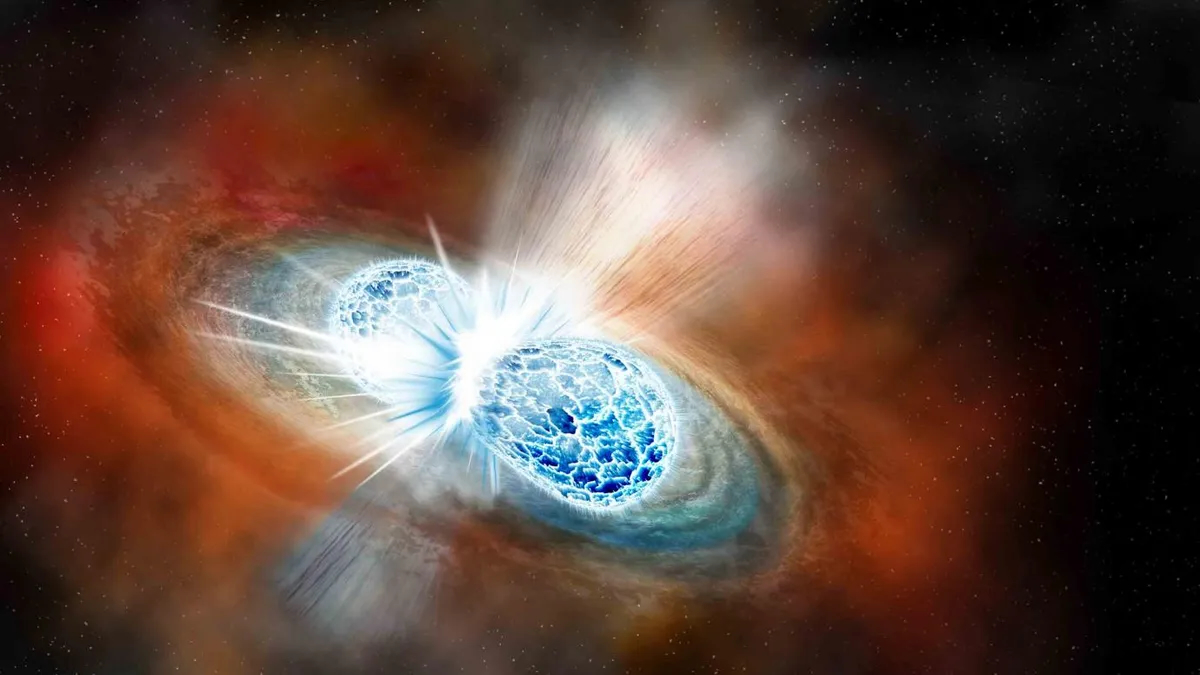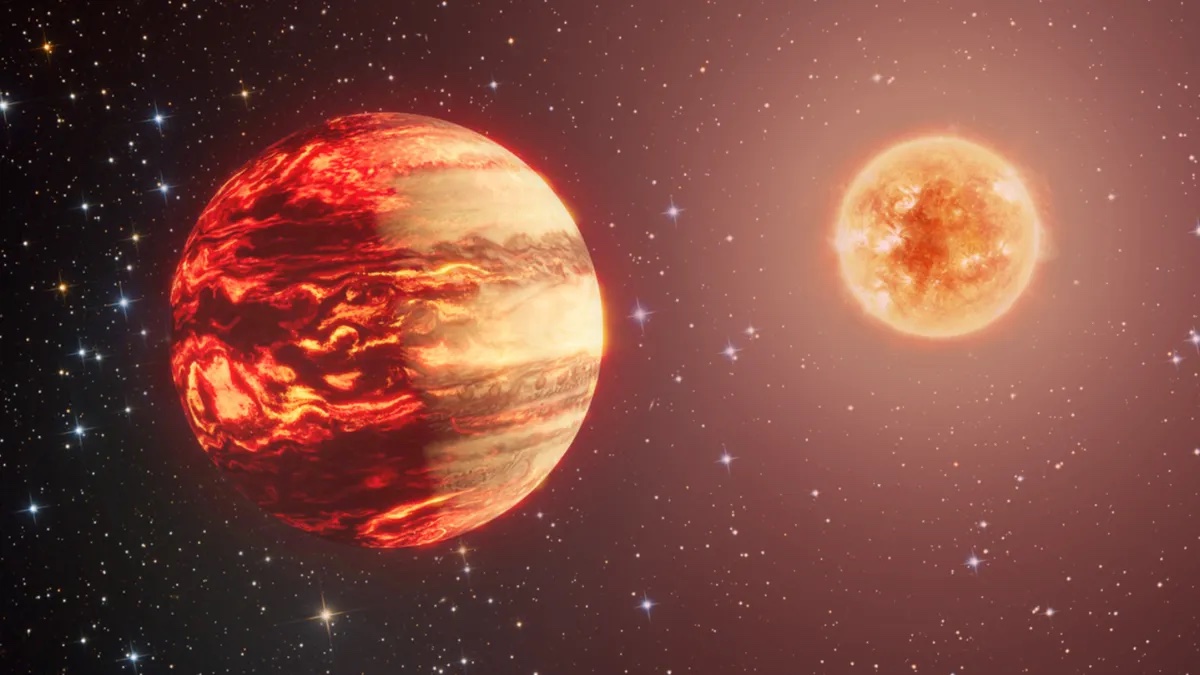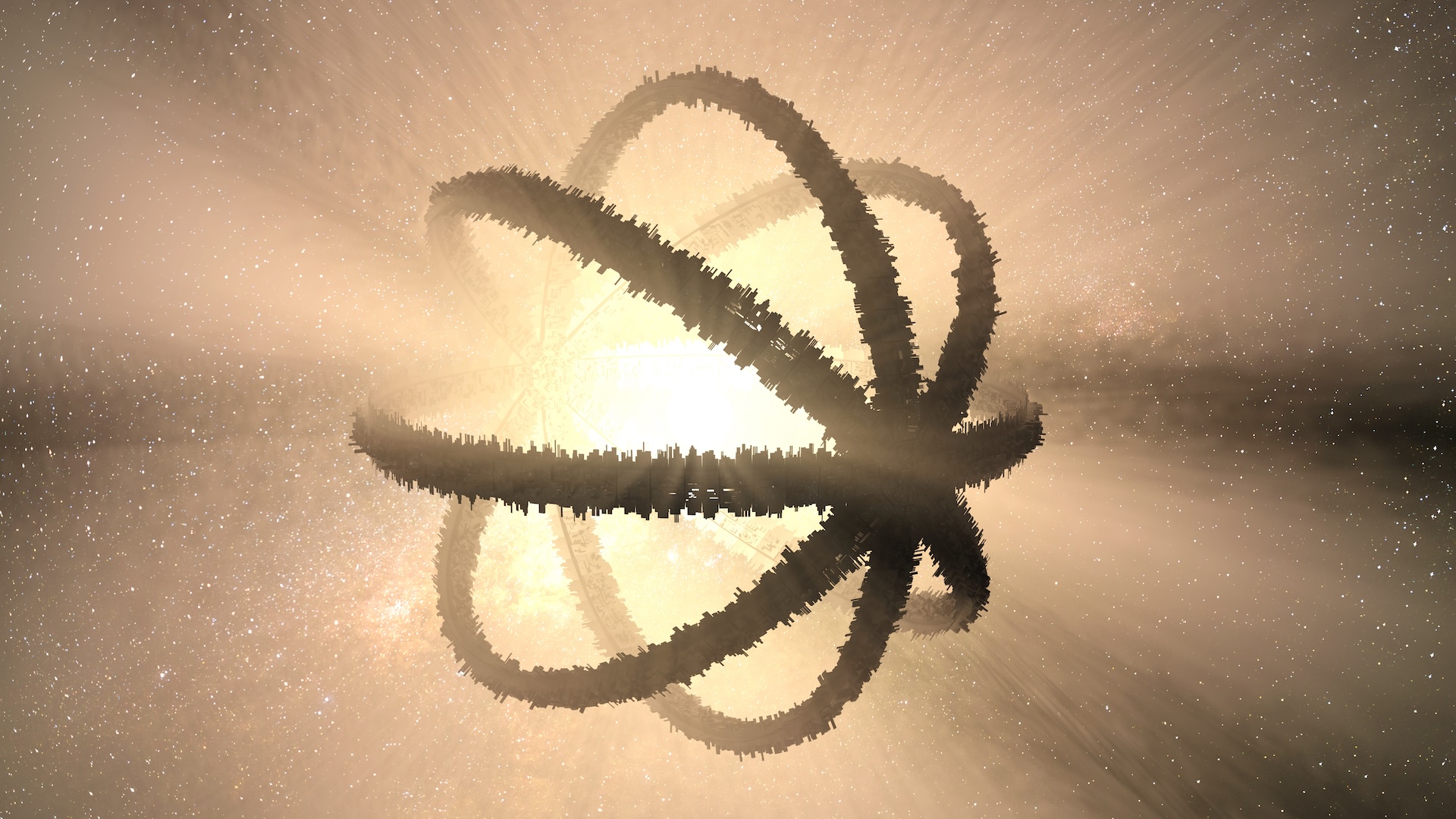
Robert Lea
Robert Lea is a science journalist in the U.K. who specializes in science, space, physics, astronomy, astrophysics, cosmology, quantum mechanics and technology. Rob's articles have been published in Physics World, New Scientist, Astronomy Magazine, All About Space and ZME Science. He also writes about science communication for Elsevier and the European Journal of Physics. Rob holds a bachelor of science degree in physics and astronomy from the U.K.’s Open University
Latest articles by Robert Lea
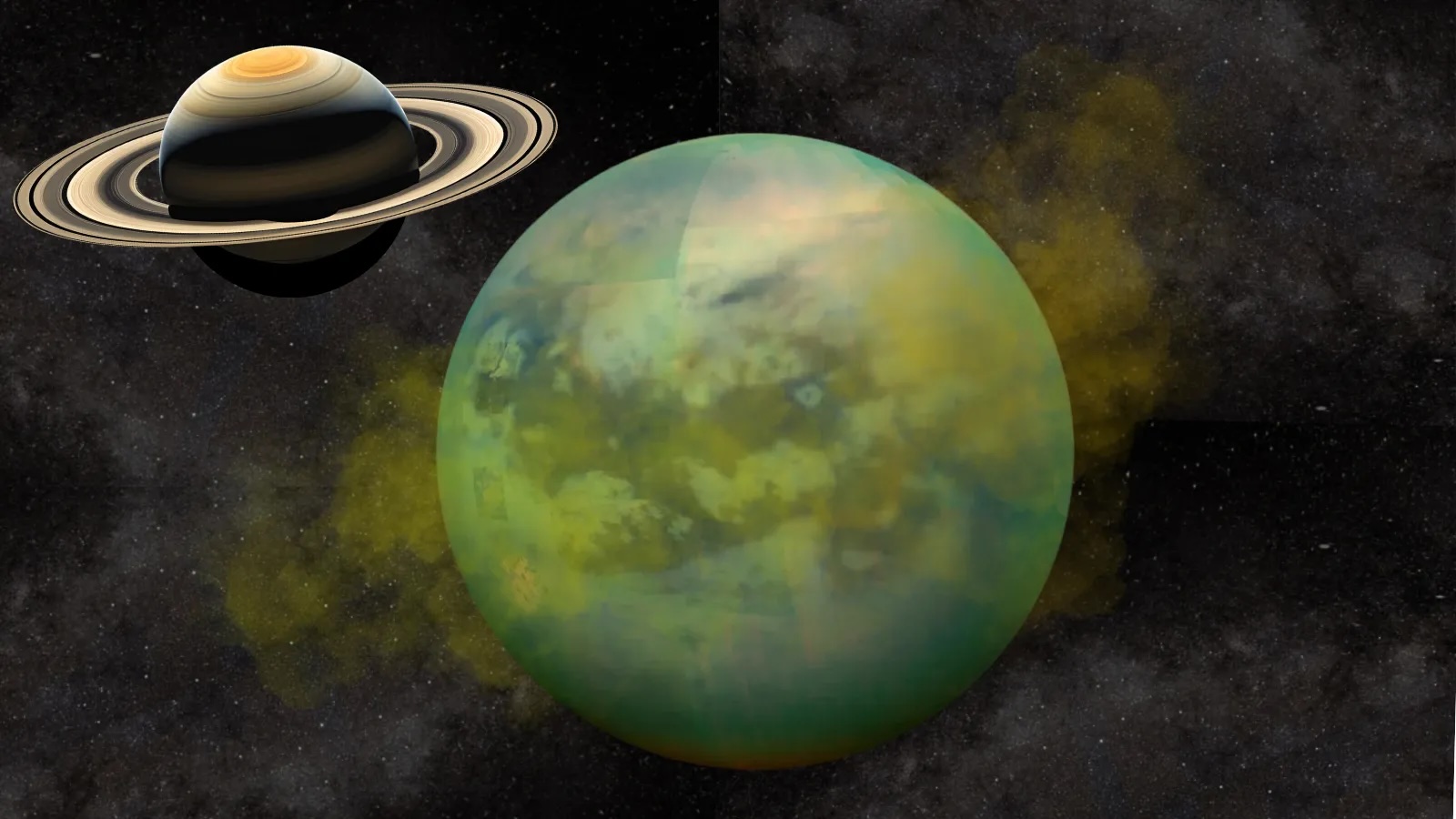
Saturn's moon Titan may have a 6-mile-thick crust of methane ice — could life be under there?
By Robert Lea published
A 6-mile-think shell of methane ice on Saturn's moon Titan could assist in the hunt for life signs arising from this moon's vast subsurface ocean.
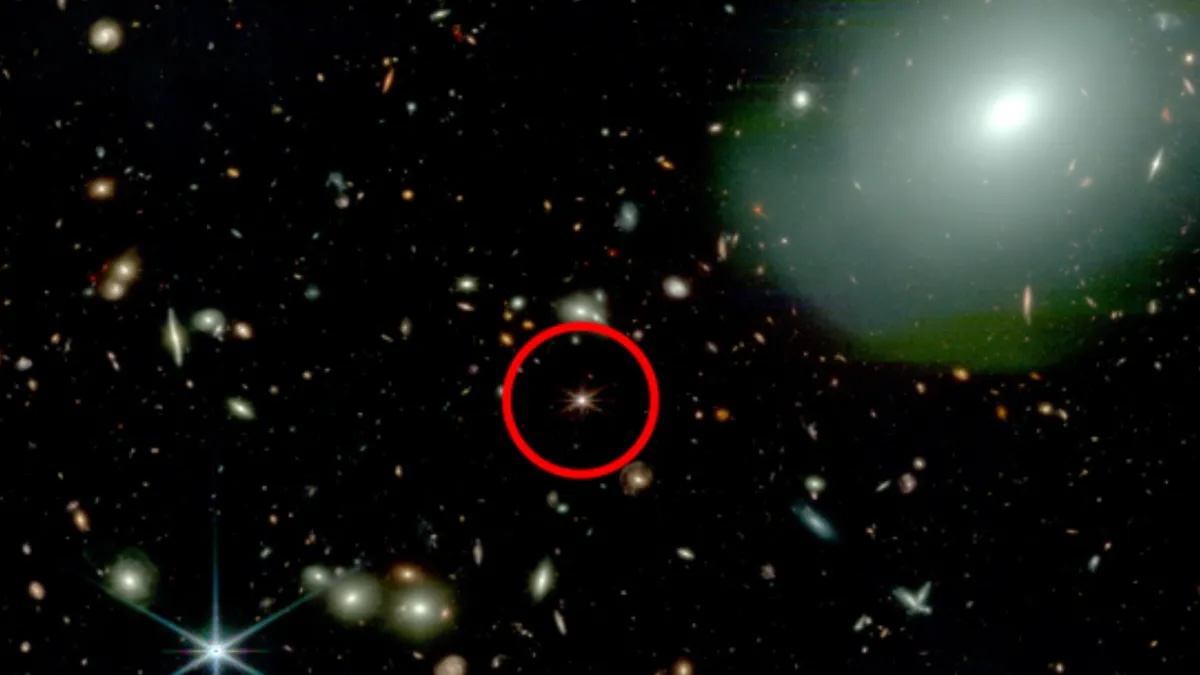
James Webb Space Telescope sees lonely supermassive black hole-powered quasars in the early universe
By Robert Lea published
The James Webb Space Telescope has discovered lonely quasars in the early universe, with "empty larders" that defy theories surrounding their growth to monster sizes.
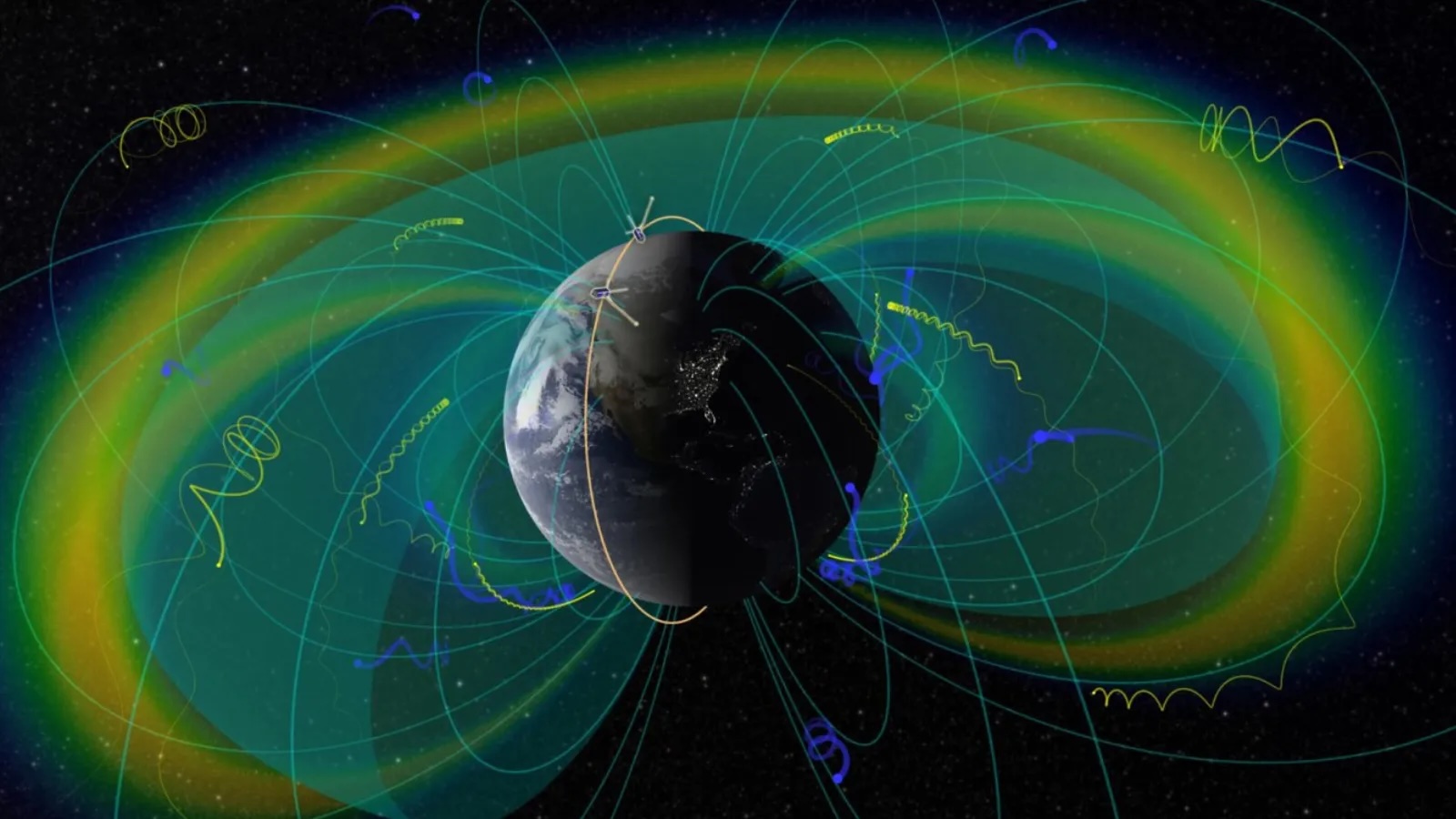
'Killer electrons' play pinball with space weather around Earth
By Robert Lea published
"Killer electrons" stashed in radiation belts around Earth could be dislodged by lightning to create a game of "cosmic pinball" that influences space weather around our planet.
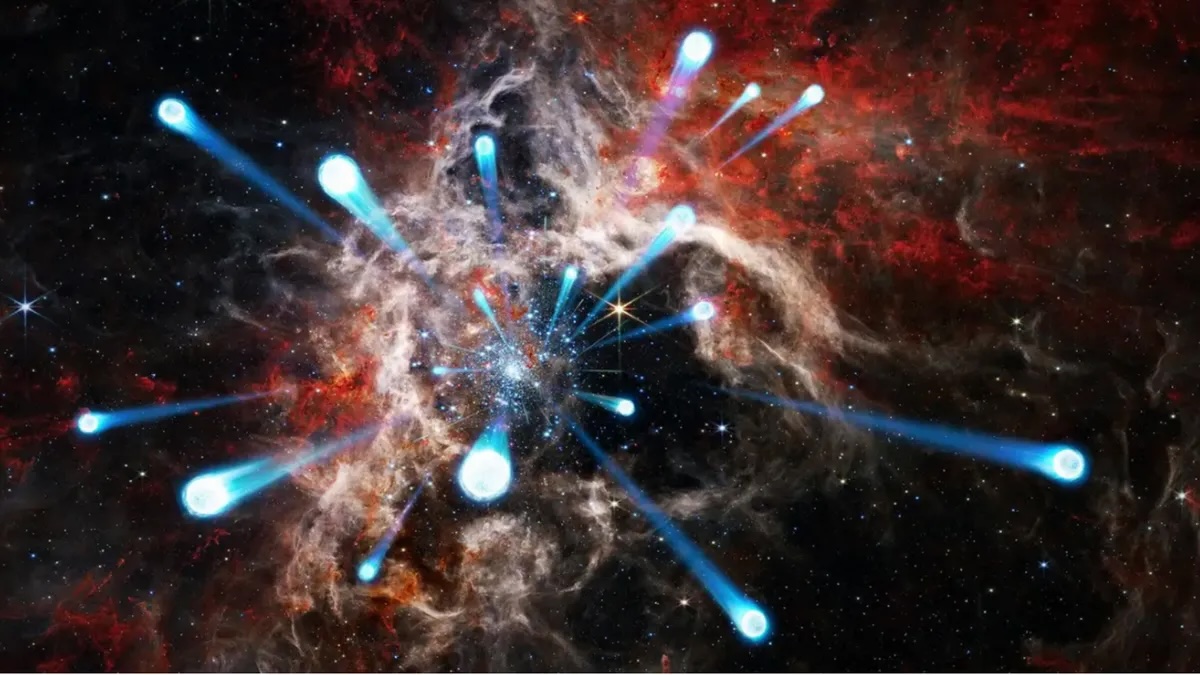
Gaia space telescope discovers 55 'runaway' careening away from stellar cluster at 80 times the speed of sound
By Robert Lea published
Using the Gaia space telescope, astronomers have observed 55 massive stars ejected from their home star cluster in the Large Magellanic Cloud at speeds equivalent to 80 times the speed of sound.
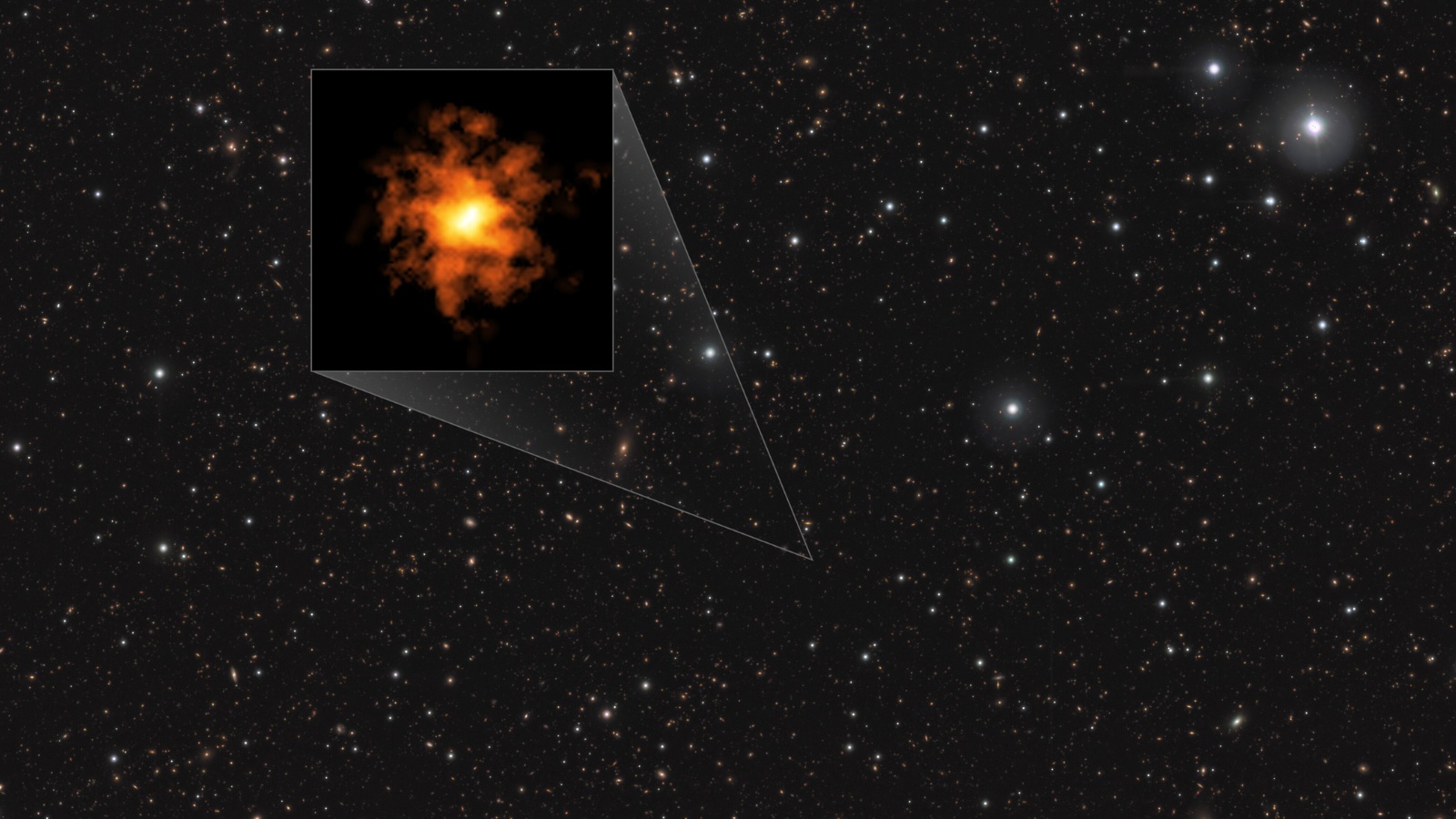
Record-breaking ancient spinning galaxy challenges cosmic evolution theories
By Robert Lea published
Astronomers have discovered the earliest strongly rotating galaxy ever seen that's well-organized rather than chaotic, challenging theories of cosmic evolution.
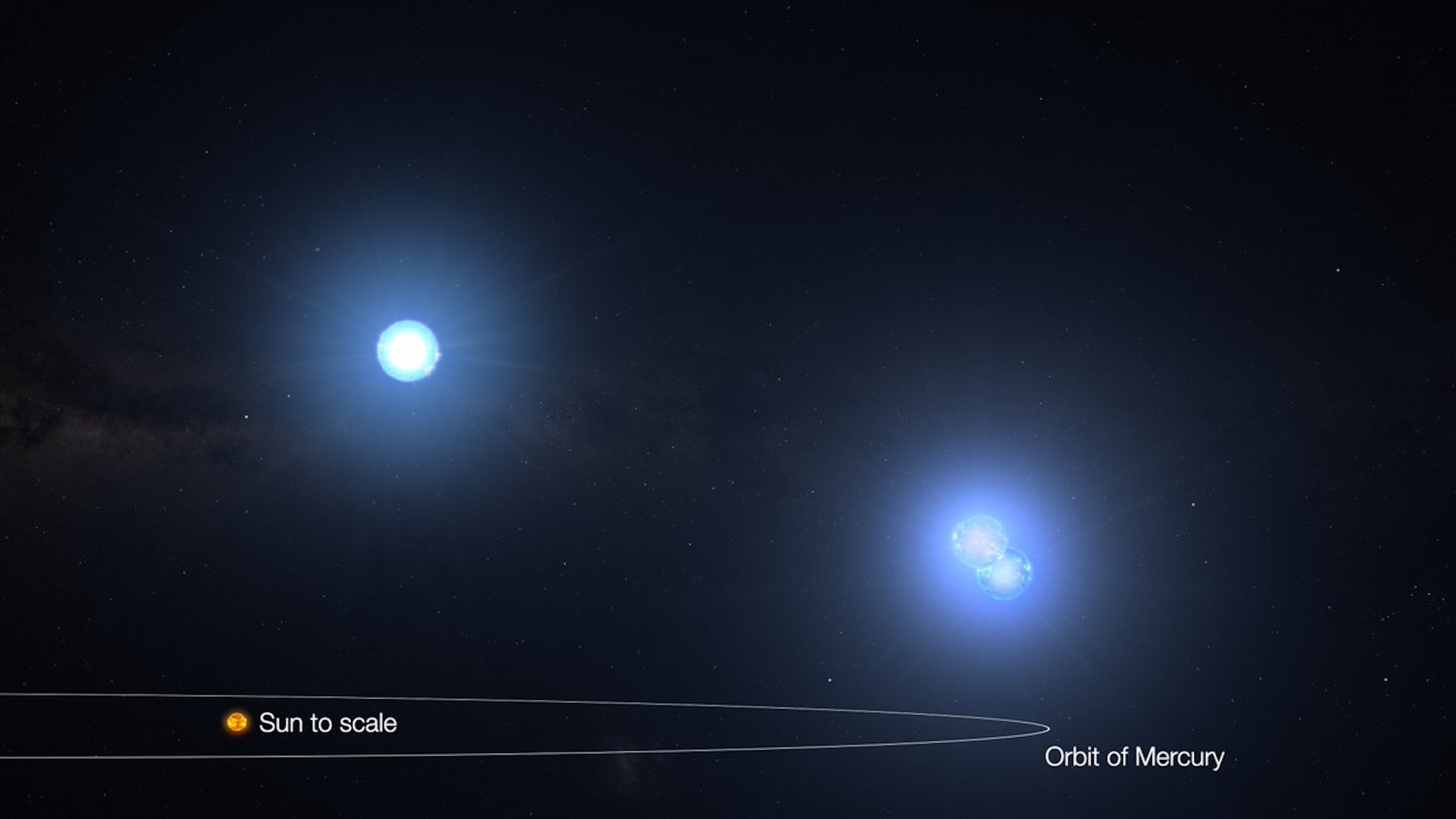
NASA's exoplanet hunter TESS spots a record-breaking 3-star system
By Robert Lea published
Using NASA's exoplanet-hunting spacecraft, TESS, astronomers and citizen scientists have discovered a record-breaking system of three tightly bound stars that could fit between the sun and Mercury.
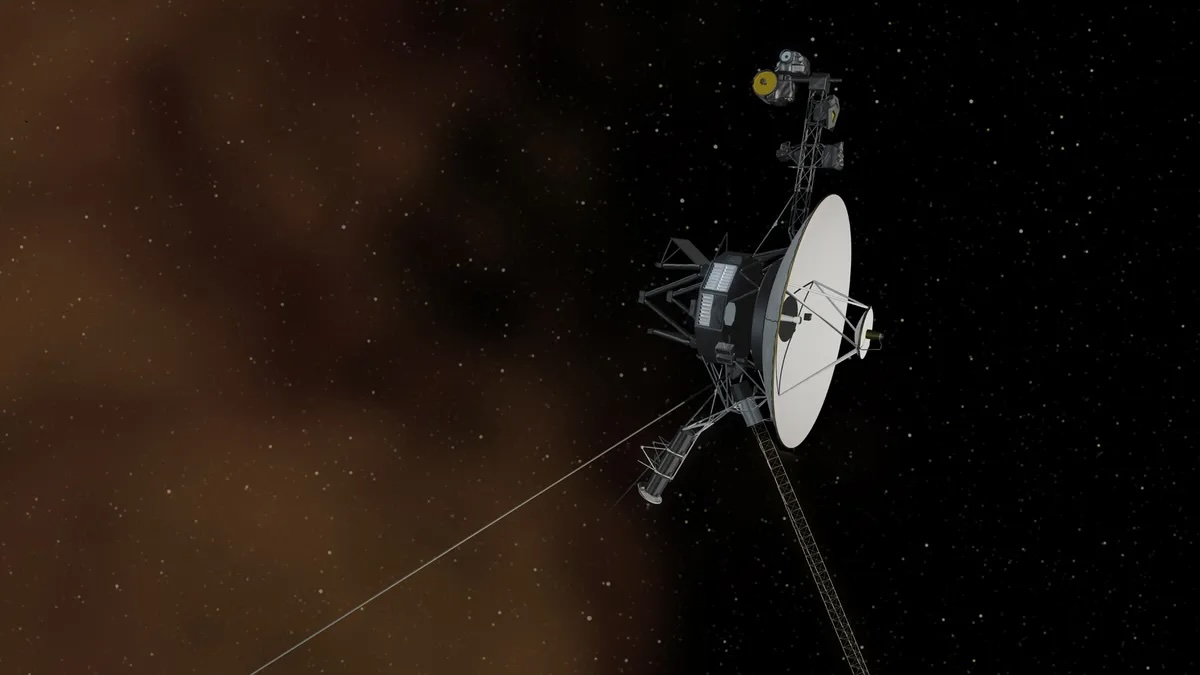
NASA shuts off Voyager 2 science instrument as power dwindles
By Robert Lea published
NASA has turned off one of Voyager 2's science instruments as power conservation becomes crucial for the interstellar exploring spacecraft located 12.8 billion miles from home.
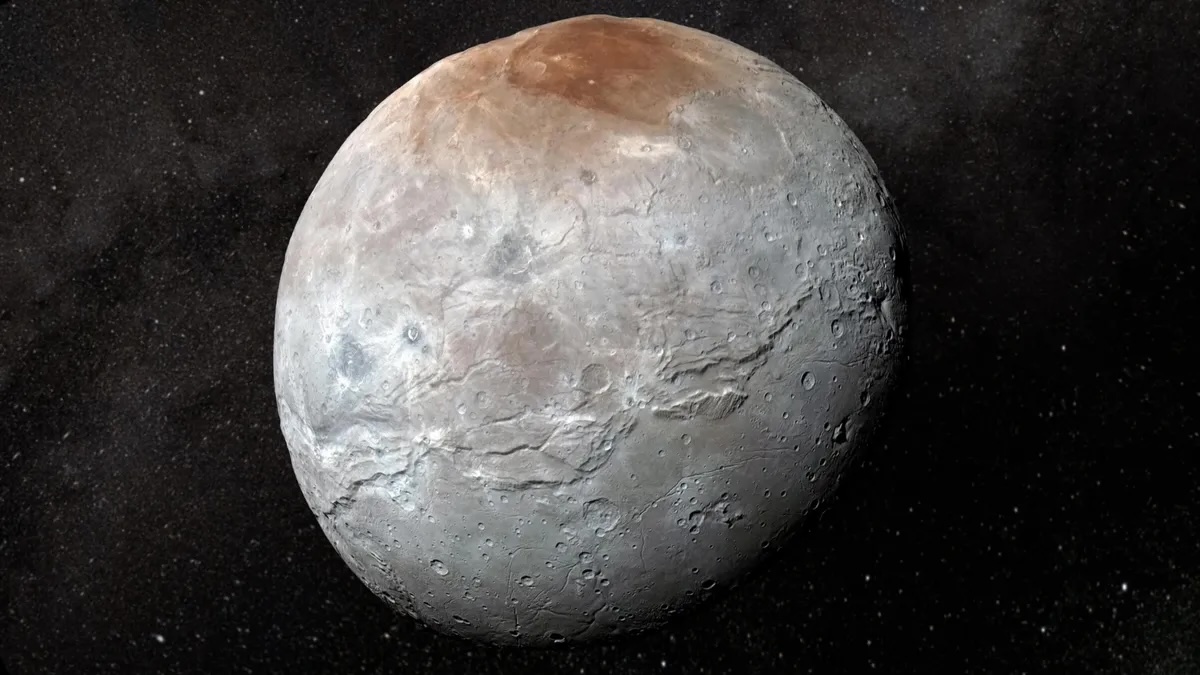
James Webb Space Telescope deciphers the origins of Pluto's icy moon Charon
By Robert Lea published
Using the James Webb Space Telescope, astronomers have discovered carbon dioxide and hydrogen peroxide at the surface of Pluto's largest moon, Charon, potentially shedding light on its origins.
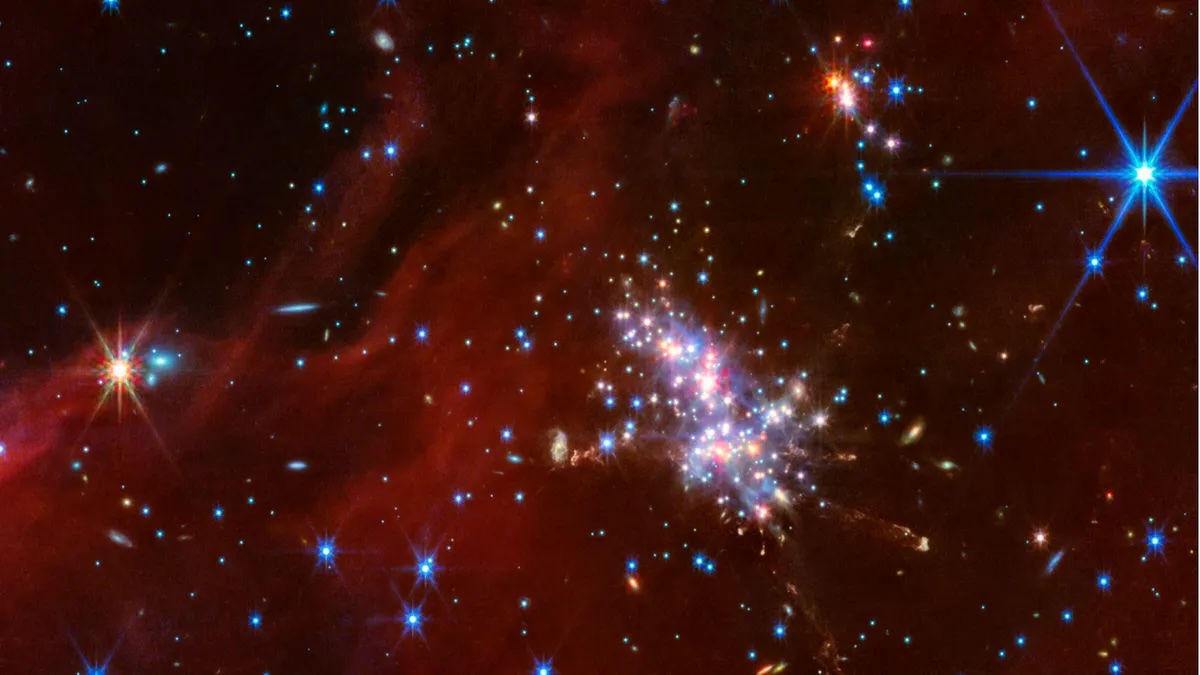
James Webb Telescope goes 'extreme' and spots baby stars at the edge of the Milky Way (image)
By Robert Lea published
The James Webb Space Telescope has taken things to the extreme, studying the outer edge of our own galaxy, the Milky Way and producing a stunning new image.
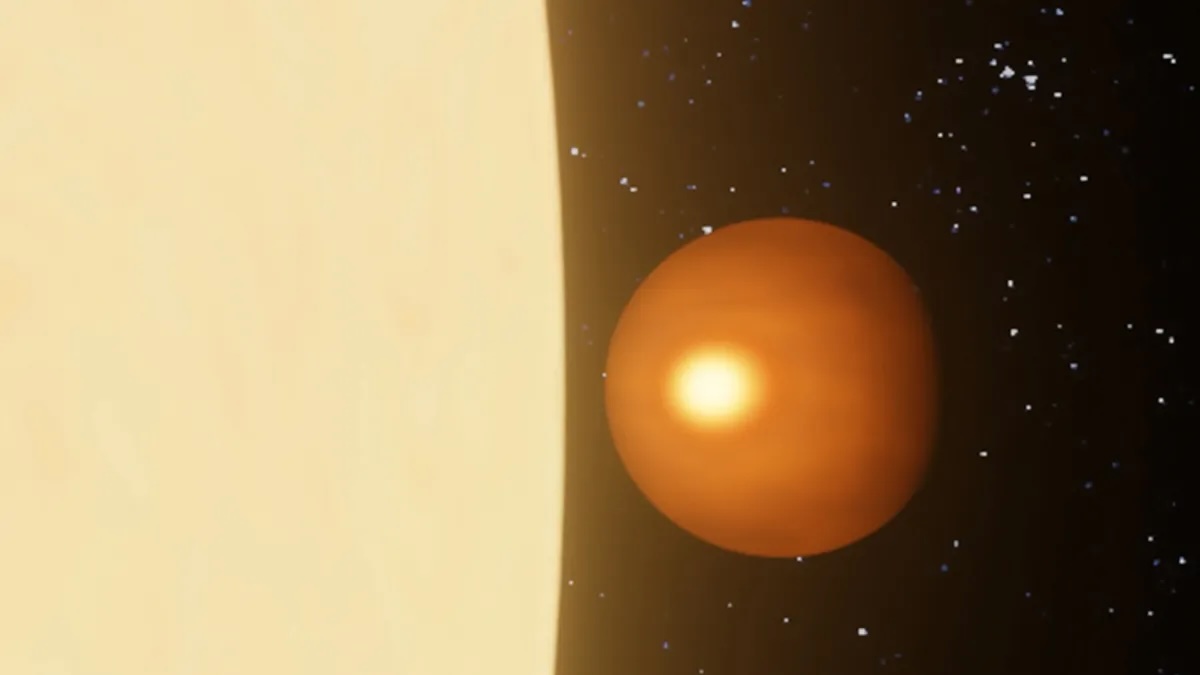
Iron winds and molten metal rains ravage a hellish hot Jupiter exoplanet
By Robert Lea published
"Our observations indicate the presence of powerful iron winds, probably fuelled by a hot spot in the atmosphere."
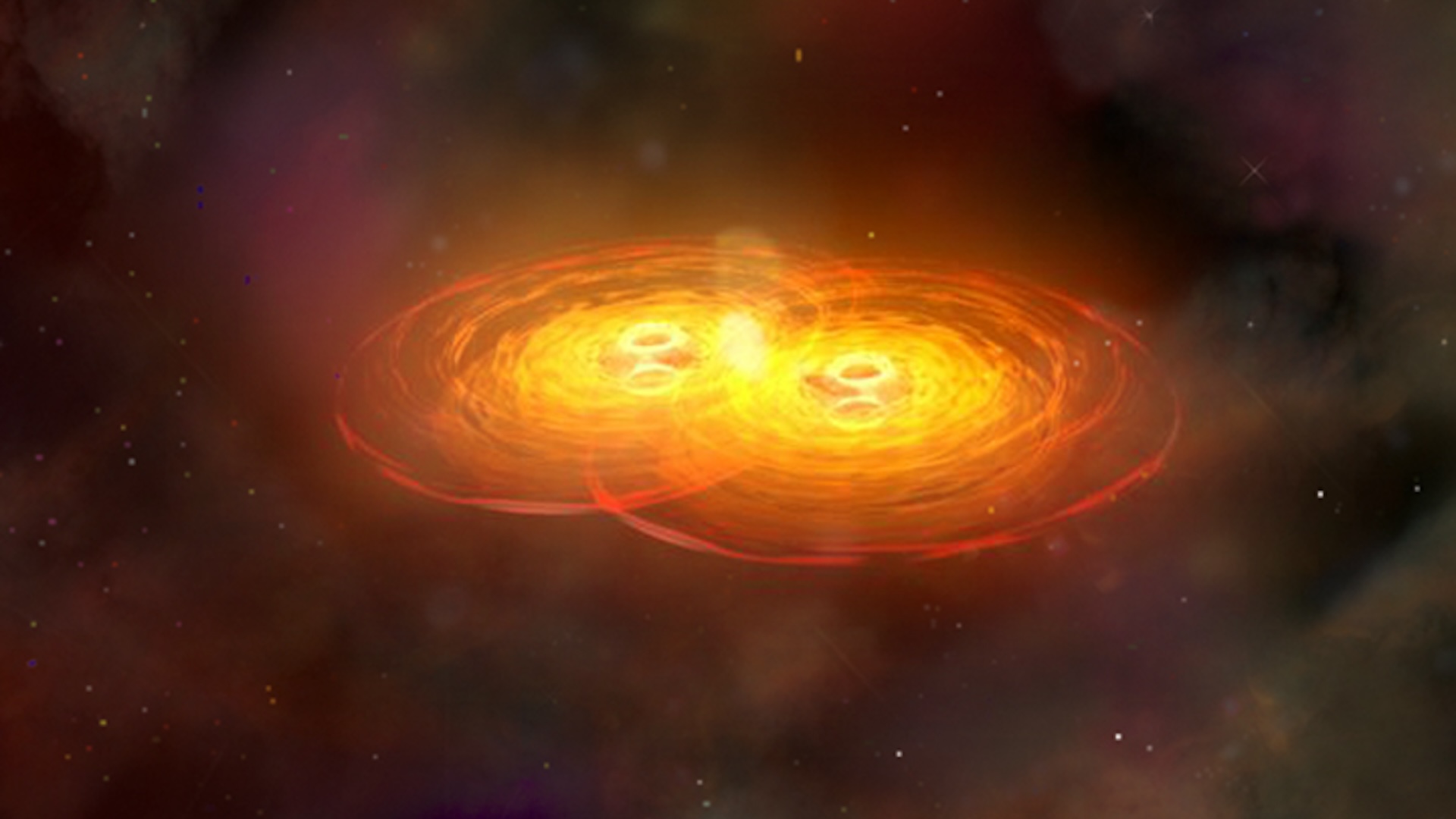
Gravitational waves hint at a 'supercool' secret about the Big Bang
By Robert Lea published
Scientists might be on track to revealing new facets of physics.
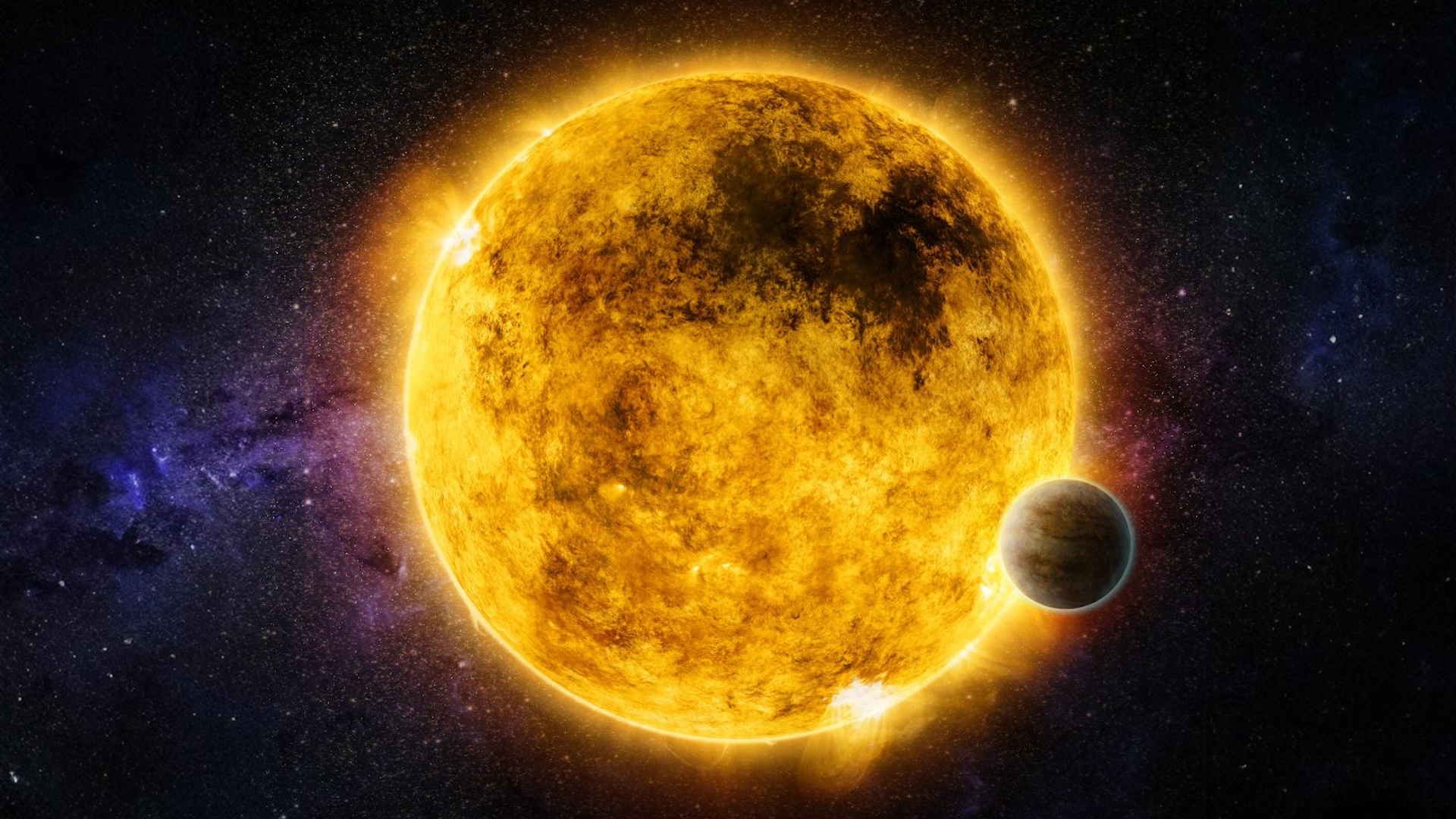
These nearby star systems could be good targets in the search for alien life
By Robert Lea published
NASA's Chandra X-ray space telescope has created a 3-D map of nearby stars that may help astronomers search for alien planets with the potential for life.
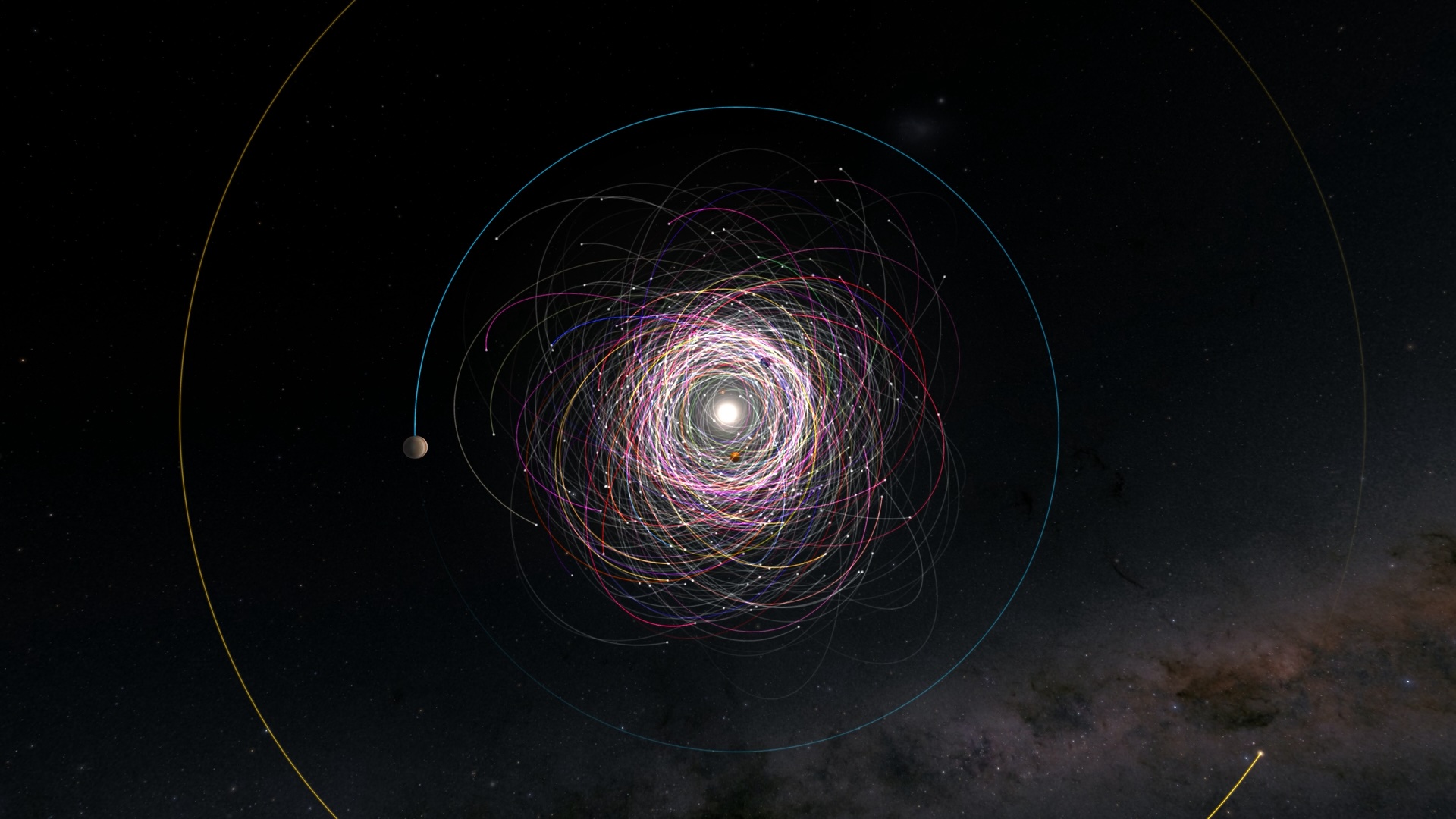
Over 350 asteroids have hidden moons, Gaia space telescope finds
By Robert Lea published
The European Space Agency's Gaia space telescope has found evidence of more than 350 previously unknown moons orbiting asteroids within our solar system.

We finally know where the moon's atmosphere comes from
By Robert Lea published
"We give a definitive answer that meteorite impact vaporization is the dominant process that creates the lunar atmosphere."
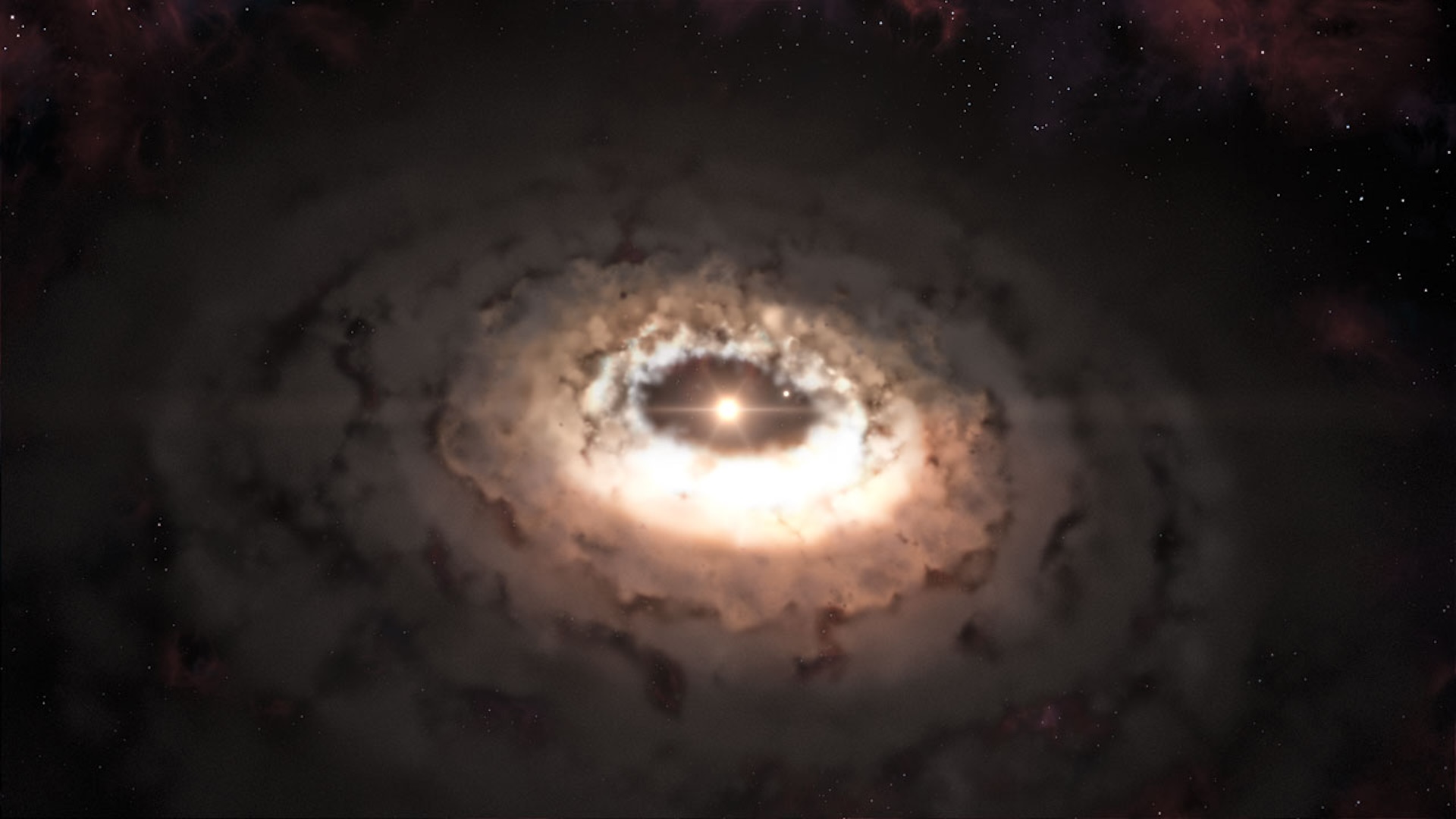
The building blocks of life can form rapidly around young stars
By Robert Lea published
New research could solve the mystery of how the complex building blocks of life first formed.
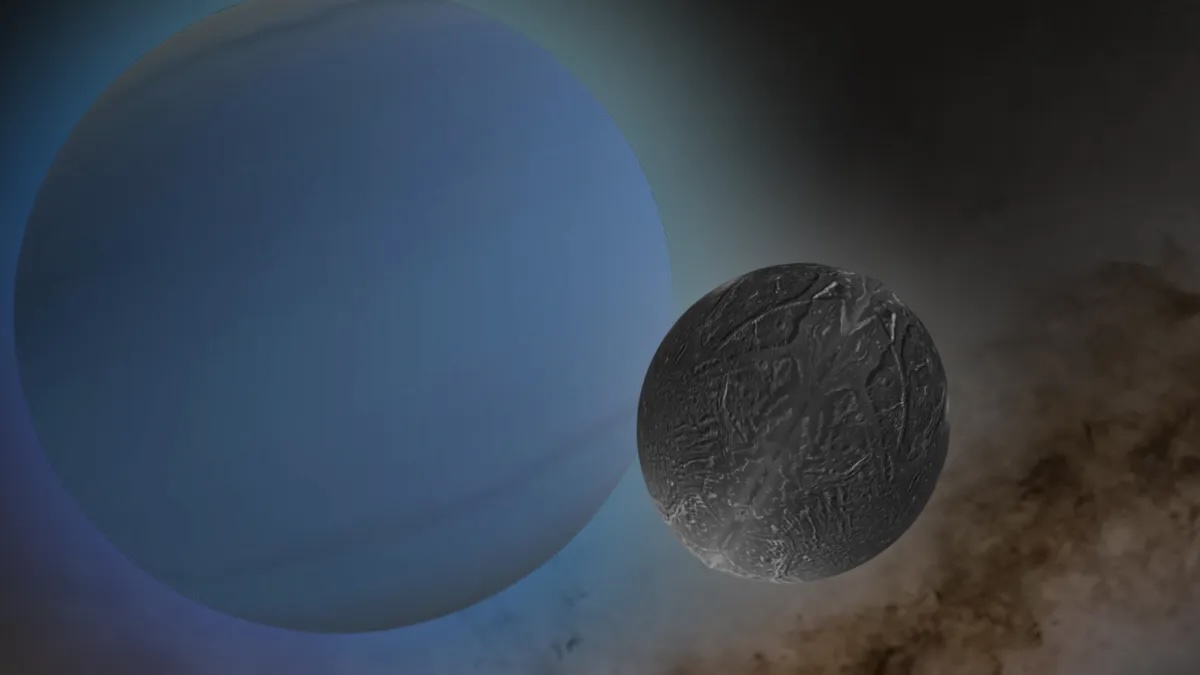
A moon of Uranus could have a hidden ocean, James Webb Space Telescope finds
By Robert Lea published
Astronomers using the James Webb Space Telescope have found that Ariel, a moon of Uranus, has some of the most carbon dioxide-rich deposits in the solar system, hinting at a buried water ocean.
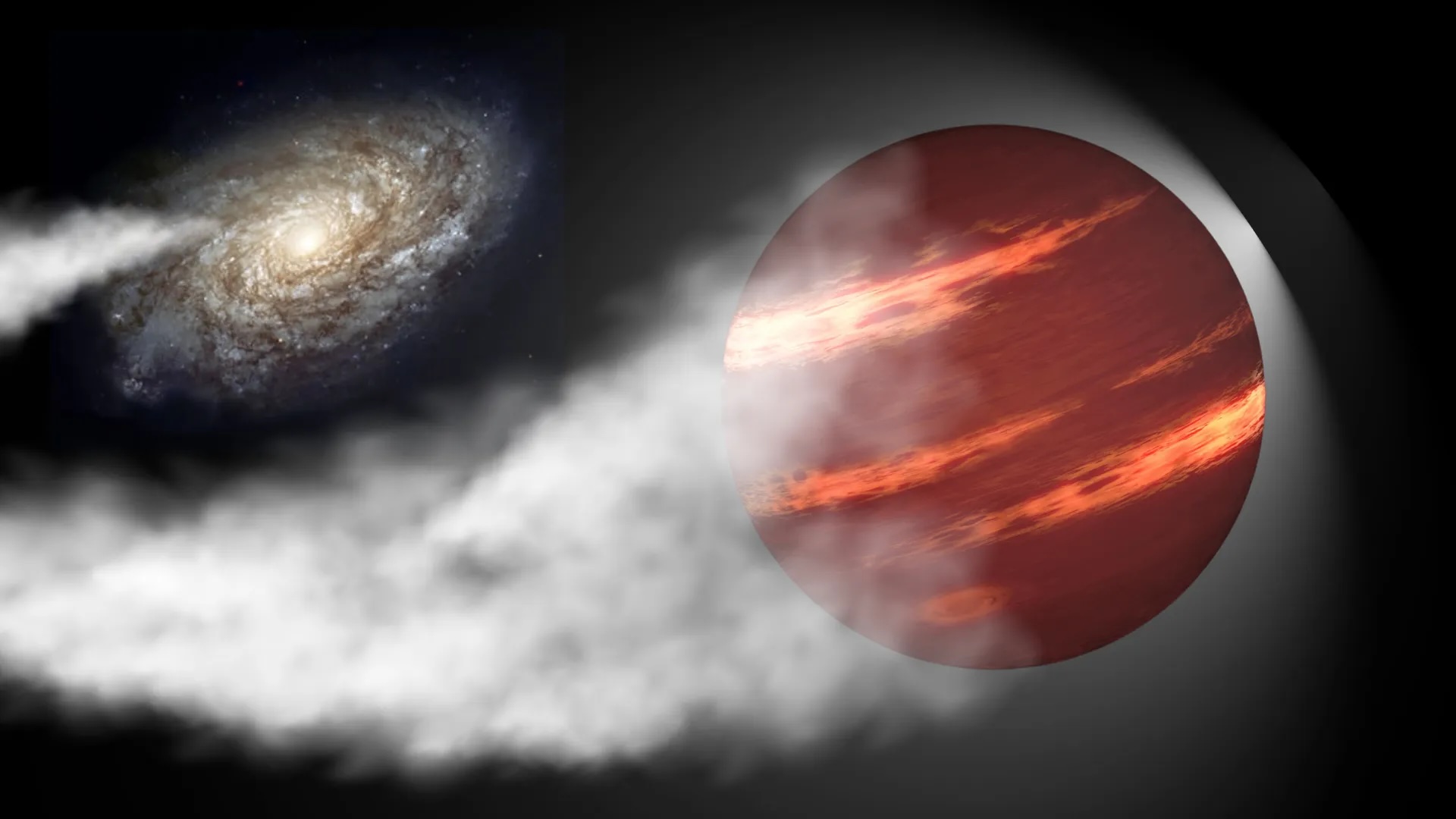
Runaway 'failed star' races through the cosmos at 1.2 million mph
By Robert Lea published
Citizen scientists have discovered what may be a brown dwarf racing through the cosmos at around 1.2 million miles per hour. Now astronomers want to know what launched it.
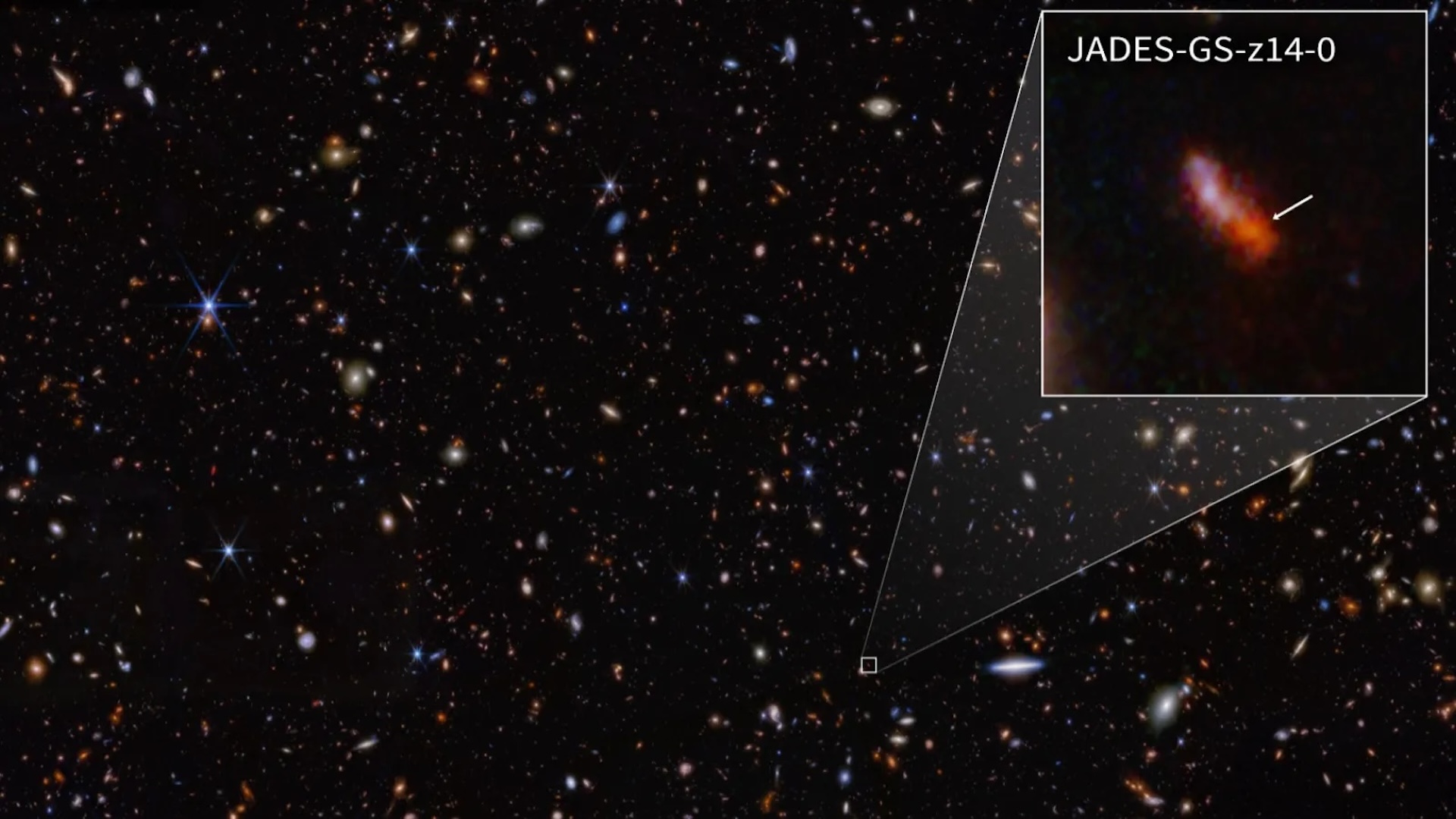
Can the James Webb Space Telescope see galaxies over the universe's horizon?
By Robert Lea published
The James Webb Space Telescope has revolutionized astronomy in just two years of operations, but how can it see a galaxy 33.8 billion light-years away in a universe that is only 13.8 billion years old?
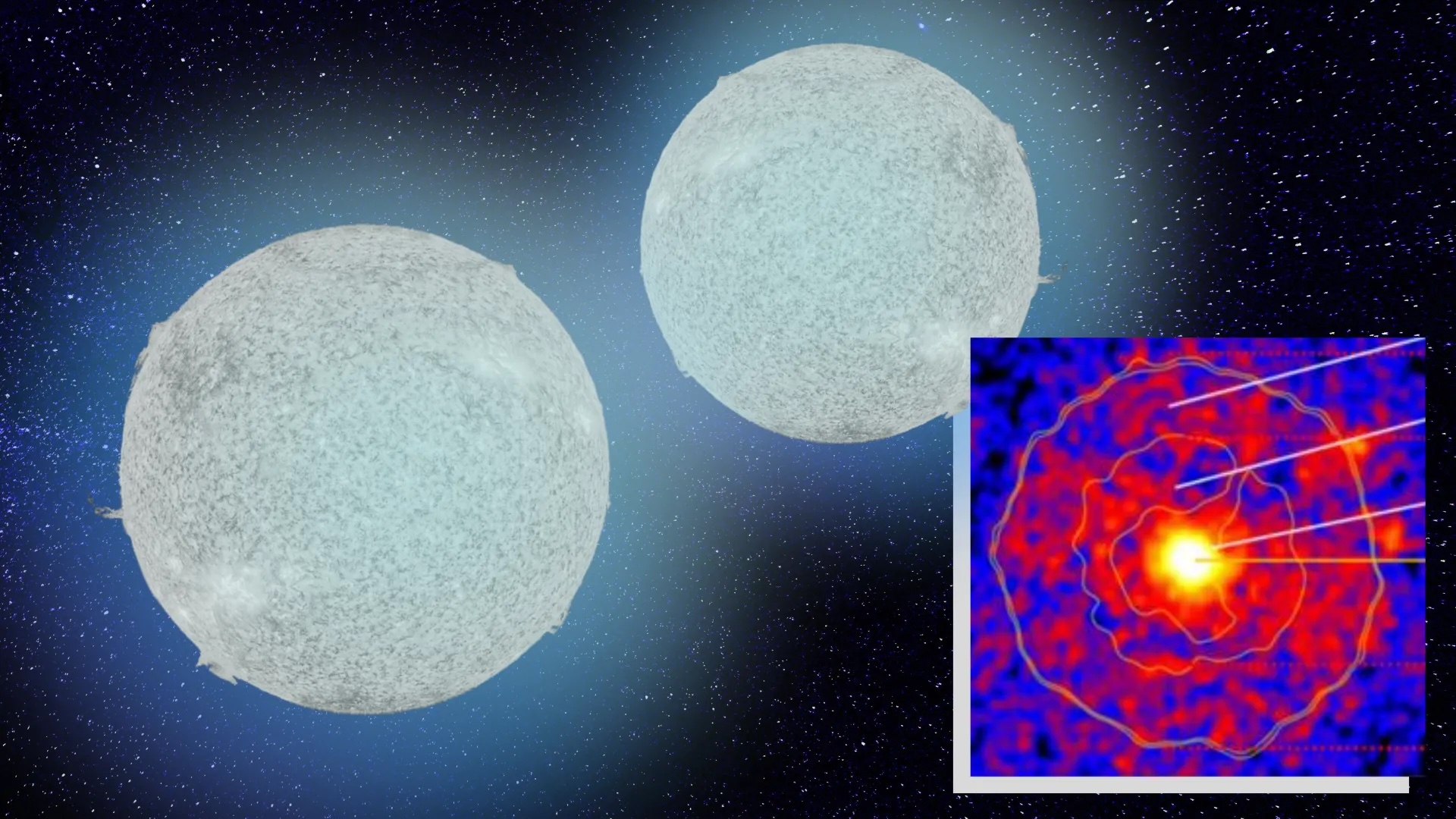
Cosmic crime scene reveals ancient supernova aftermath of dead star merger
By Robert Lea published
A "guest star," briefly seen in 1181, was created by colliding dead stars, according to new simulations that may finally solve an 800-year-old cosmic mystery.
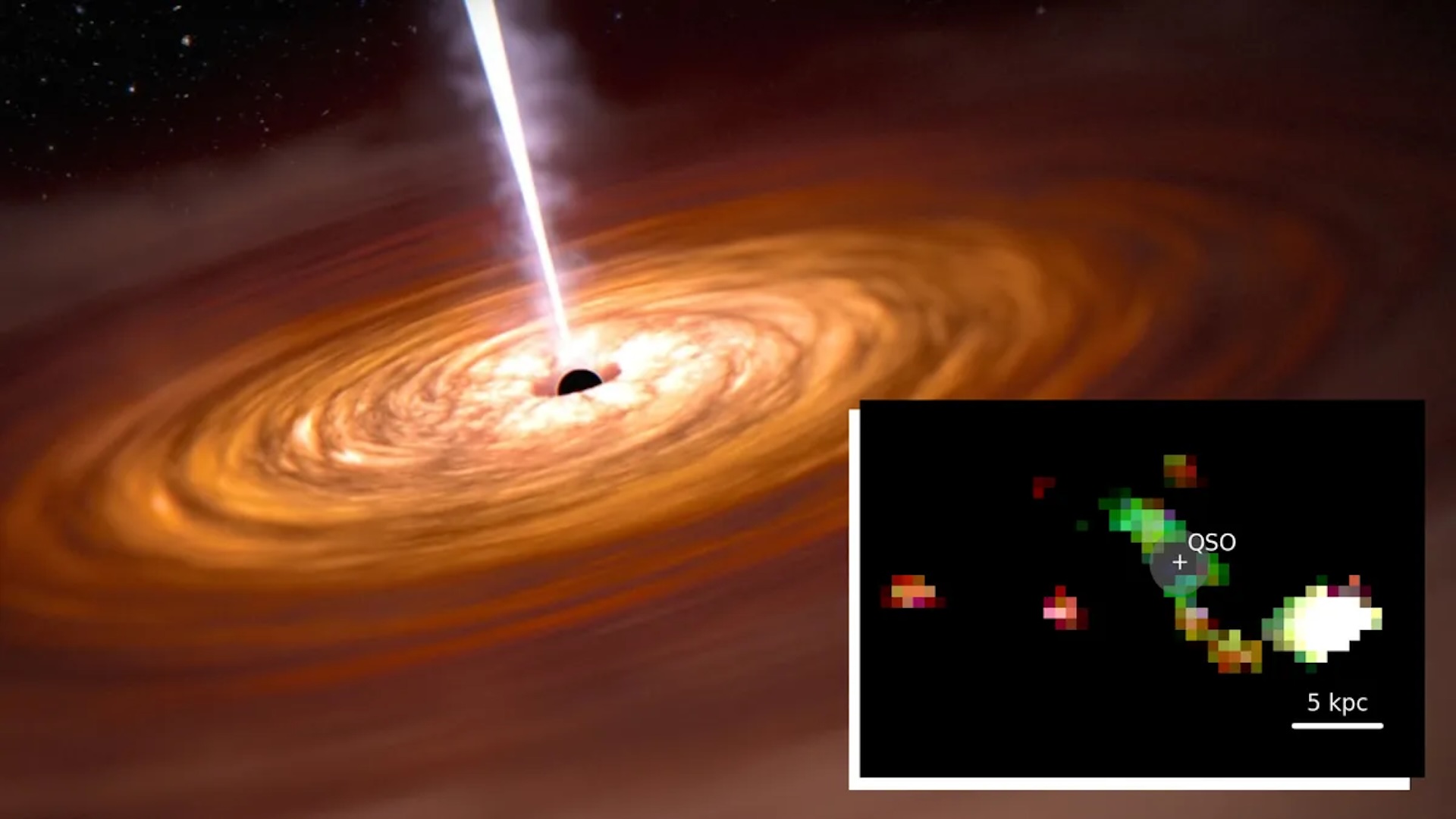
James Webb Space Telescope sees an ancient black hole dance with colliding galaxies
By Robert Lea published
Using the James Webb Space Telescope, astronomers have witnessed the dramatic dance between a supermassive black hole-powered quasar and merging galaxies less than a billion years after the Big Bang.
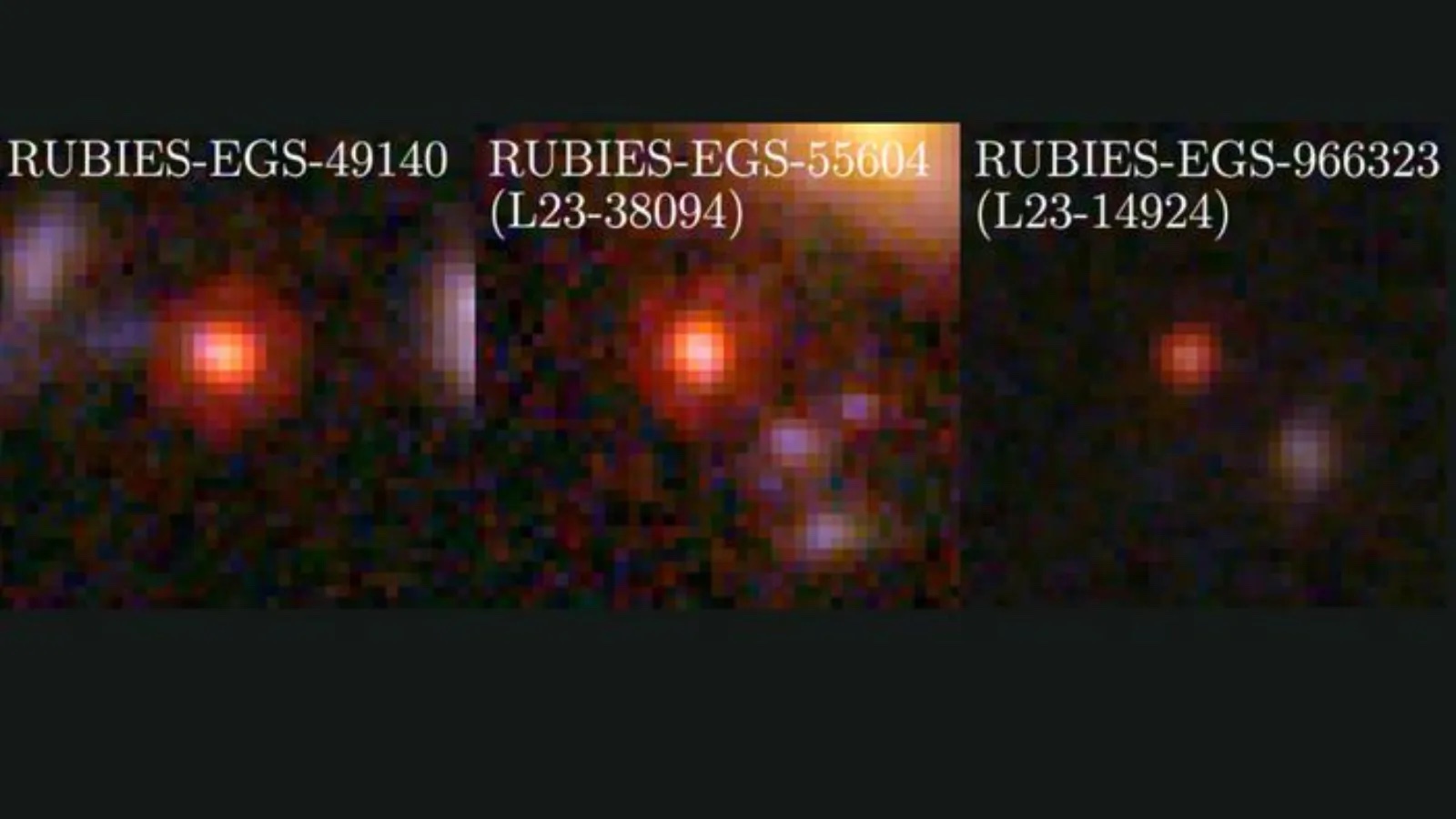
Forbidden black holes and ancient stars hide in these 'tiny red dots'
By Robert Lea published
The James Webb Space Telescope found "tiny red dots" in the early universe representing overgrown supermassive black holes and stars that are impossibly old for the infant cosmos.
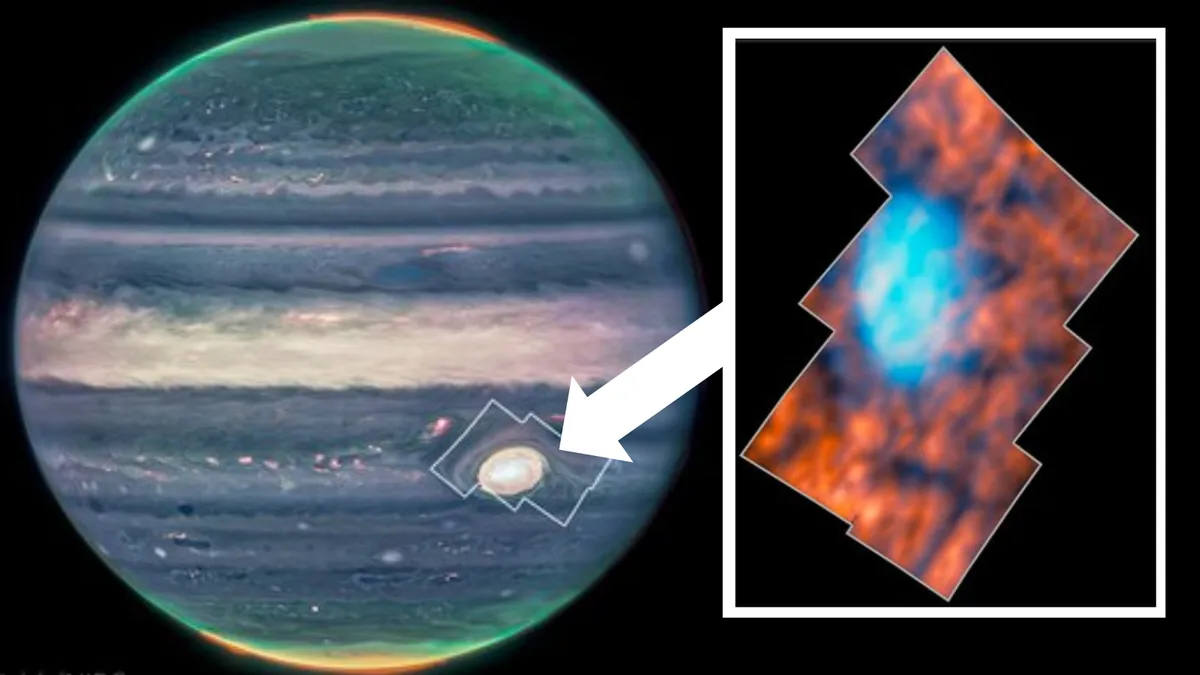
James Webb Space Telescope spies strange shapes above Jupiter's Great Red Spot
By Robert Lea published
Astronomers using the James Webb Space Telescope (JWST) have spotted a previously unseen structure in the atmosphere above Jupiter's famous Great Red Spot.
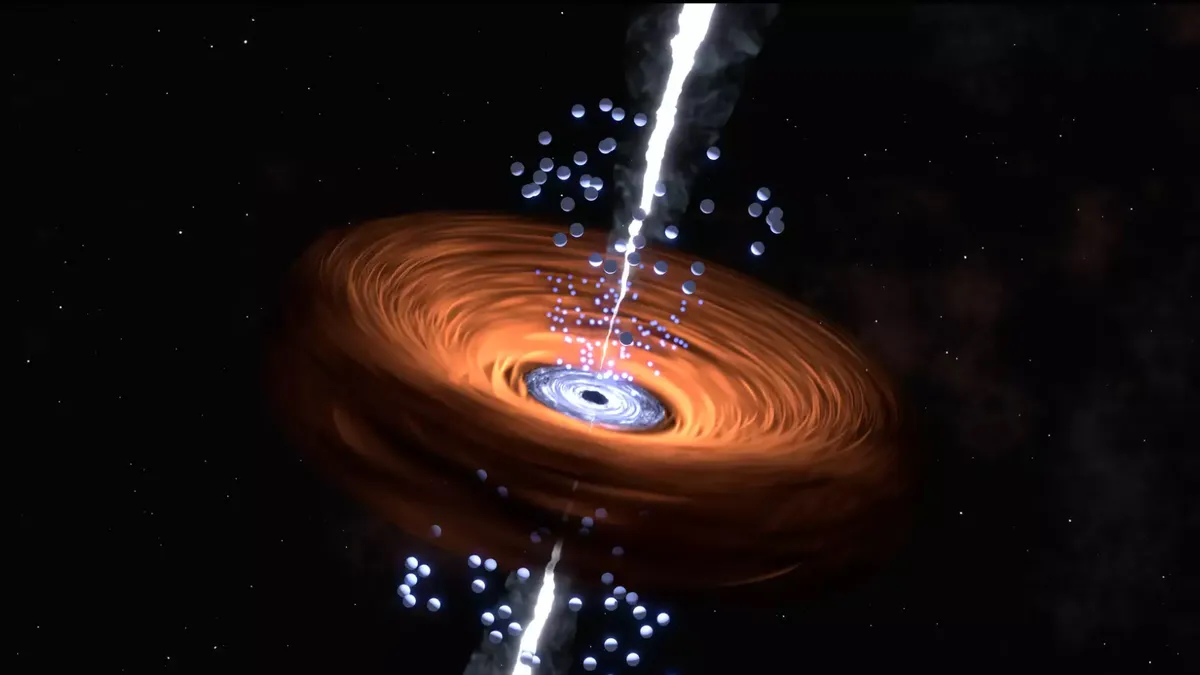
This impossibly massive black hole wasn't very hungry during the dawn of time
By Robert Lea published
Using the James Webb Space Telescope, astronomers have discovered an improbably huge black hole near the dawn of time, which doesn't seem to be eating near as much as it should.
Sign up for the Live Science daily newsletter now
Get the world’s most fascinating discoveries delivered straight to your inbox.
